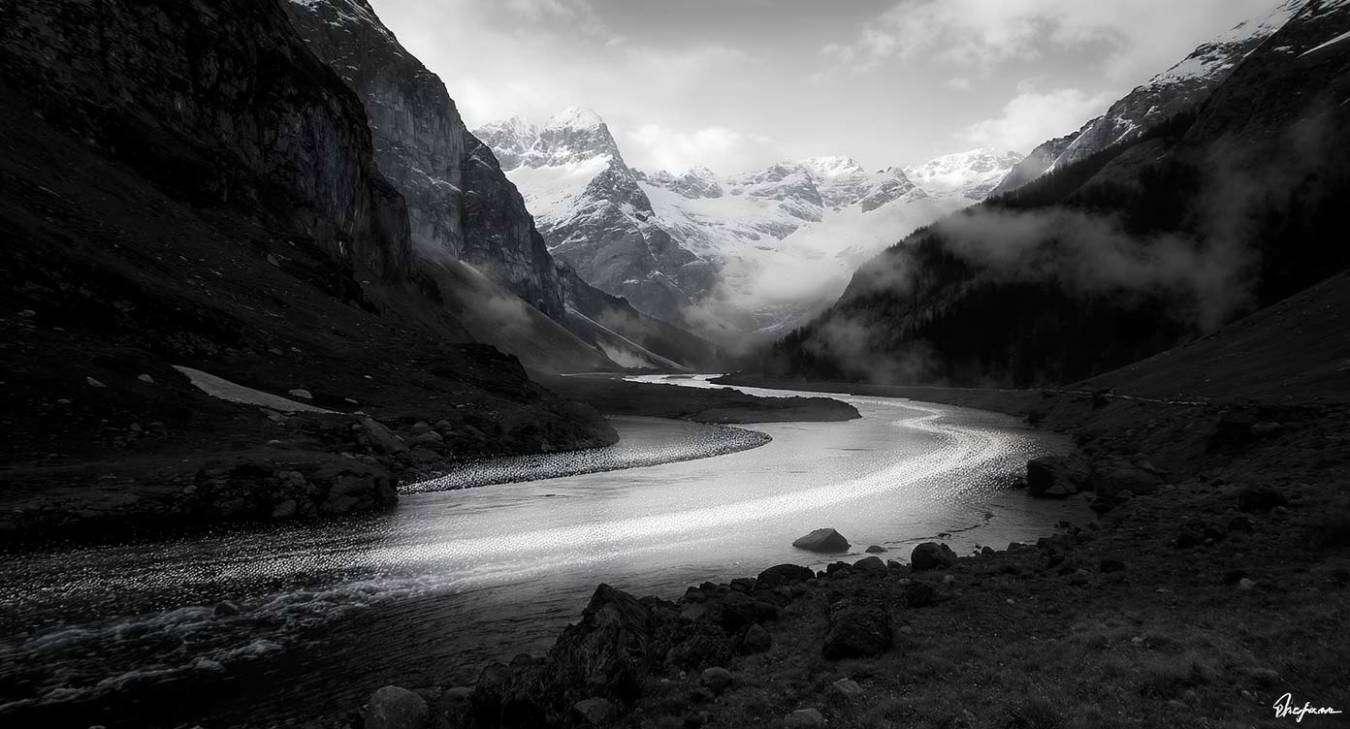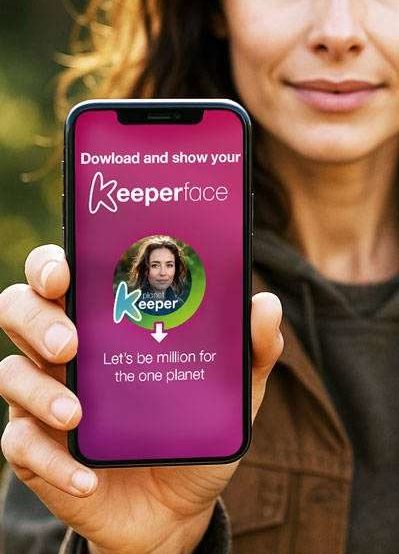plastics-rivers-Switzerland: an alarming report on river pollution
In Switzerland, nearly 14 tons of microplastics are dumped into rivers each year, according to the latest data from the Federal Office for the Environment. Despite the image of a clean country, the reality of plastics-rivers-Switzerland is much more nuanced. Analyses carried out on the Rhine, the Aar, or the Rhône reveal increasing concentrations of fragments from packaging, synthetic textiles, and tires. Floods, frequent during the spring thaw, accelerate the transport of these particles from urban and agricultural areas to rivers. In Lausanne, a recent university study showed that nearly 80% of the plastic waste found in Lake Geneva came from road runoff and urban drainage systems.
Behind these figures lie complex realities. Wastewater treatment plants, although efficient, only retain about 50 to 70% of microplastics. The rest pass through the filters and end up in the aquatic environment. According to Dr. Claudia Binder, a specialist in urban sustainability, “microfibers from washing clothes, tire residues, and carelessly discarded food packaging make up the top three sources.” On the ground, Swiss fishermen are already reporting the presence of microplastics in the stomachs of trout and graylings, evidence of widespread contamination.
This pollution spares no canton, from Graubünden to Valais. Small tributaries are particularly vulnerable, as they concentrate local inputs before joining the major transboundary rivers. Thus, plastics-rivers-Switzerland is no longer just an environmental problem: it is a health and societal issue.
Origins and mechanisms of plastics-rivers-Switzerland
Switzerland, a logistical hub of Europe, generates 125 kg of plastic waste per inhabitant per year. But how does this waste reach the rivers? Plastics-rivers-Switzerland results from a tangle of human and natural factors. First, garbage collection systems remain imperfect, and light plastics easily escape during sorting or transport. Seasonal floods, greatly exacerbated by climate change, tear this waste from the ground and carry it to the banks.
The dense road network also contributes through tire abrasion and the dispersion of microplastics, which are then washed away by rain. Wastewater treatment plants, despite their advanced technologies, cannot filter the finest particles. Finally, tourist pressure — 38 million hotel nights annually — multiplies the waste left in natural spaces. A phenomenon amplified in recreational areas near rivers, as shown by the seasonal increase in floating waste on the Aar in Bern.
Impact of microplastics on the food chain
Microplastics from plastics-rivers-Switzerland accumulate in aquatic organisms. A study conducted by the University of Geneva in 2022 revealed that 60% of the freshwater fish analyzed contained plastic fragments in their digestive tract. This upward contamination threatens wildlife, but also human health through the consumption of fish or drinking water. Researchers are warning about the cocktail effect: in addition to the plastic itself, organic pollutants and heavy metals attach to it, increasing health risks.
Towards a remediation of plastics-rivers-Switzerland: what solutions?
Faced with the rise of plastics-rivers-Switzerland, Switzerland is beginning to mobilize. Some cantons have installed retention nets in urban canals to capture macro-waste before it reaches rivers. Awareness campaigns, such as “Rivers without Plastic,” encourage citizen cleanups and selective sorting. Technologically, researchers are testing innovative filters for wastewater treatment plants, capable of retaining up to 90% of microplastics.
But the solution also involves reducing at the source: limiting single-use plastics, developing less polluting textiles, encouraging soft mobility to limit tire wear. Not to mention pressure on the industry to adopt biodegradable or recyclable materials. Ultimately, the fight against plastics-rivers-Switzerland requires coordinated action between public authorities, businesses, and citizens. It’s the only way to preserve the purity of the Alpine rivers and guarantee a healthy future for future generations.
Sources
-
Microplastiques dans le Rhin : le problème est encore sous-estimé – SWI swissinfo.ch
Article de SWI swissinfo.ch (service international de la SSR, Suisse) sur la présence et la sous-estimation des microplastiques dans le Rhin, avec analyses scientifiques et témoignages d’experts.1 -
Le Conseil fédéral veut réduire la pollution par les plastiques – admin.ch
Communiqué officiel du gouvernement suisse (admin.ch) annonçant des mesures pour réduire la pollution plastique en Suisse. -
Microplastiques dans les poissons du Léman – Université de Genève
Communiqué de presse de l’Université de Genève présentant une étude sur la présence de microplastiques dans les poissons du lac Léman. -
Plastikverschmutzung in der Schweiz: Was wird dagegen getan? – NZZ
Article du journal suisse Neue Zürcher Zeitung (NZZ) sur l’ampleur de la pollution plastique en Suisse et les actions entreprises pour y remédier.


